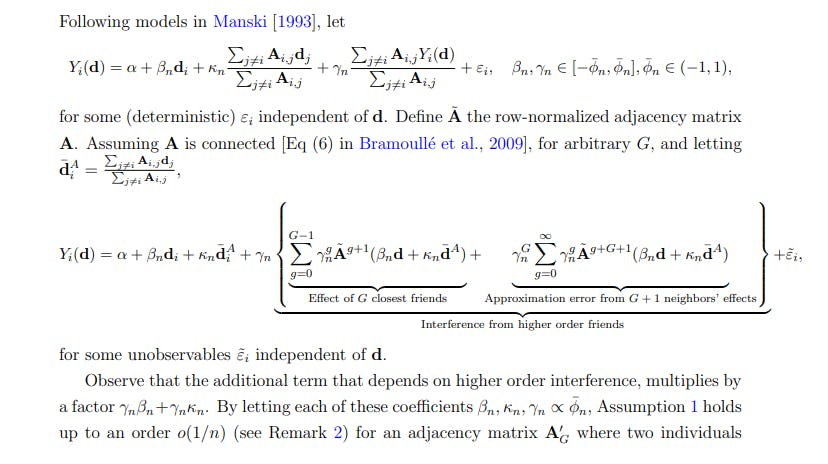TL;DR →
The paper investigates the optimal design of clustering in experimental setups, particularly in the context of social networks. It discusses theoretical frameworks, objective functions, and practical algorithms for choosing the best clustering method. The authors analyze the impact of various factors, including bias, variance, and spillover effects, providing recommendations for real-world applications.
Authors:
(1) Davide Viviano, Department of Economics, Harvard University;
(2) Lihua Lei, Graduate School of Business, Stanford University;
(3) Guido Imbens, Graduate School of Business and Department of Economics, Stanford University;
(4) Brian Karrer, FAIR, Meta;
(5) Okke Schrijvers, Meta Central Applied Science;
(6) Liang Shi, Meta Central Applied Science.
Table of Links
Abstract & Introduction
Setup
(When) should you cluster?
Choosing the cluster design
Empirical illustration and numerical studies
Recommendations for practice
References
A) Notation
B) Endogenous peer effects
C) Proofs
B Endogenous peer effects


